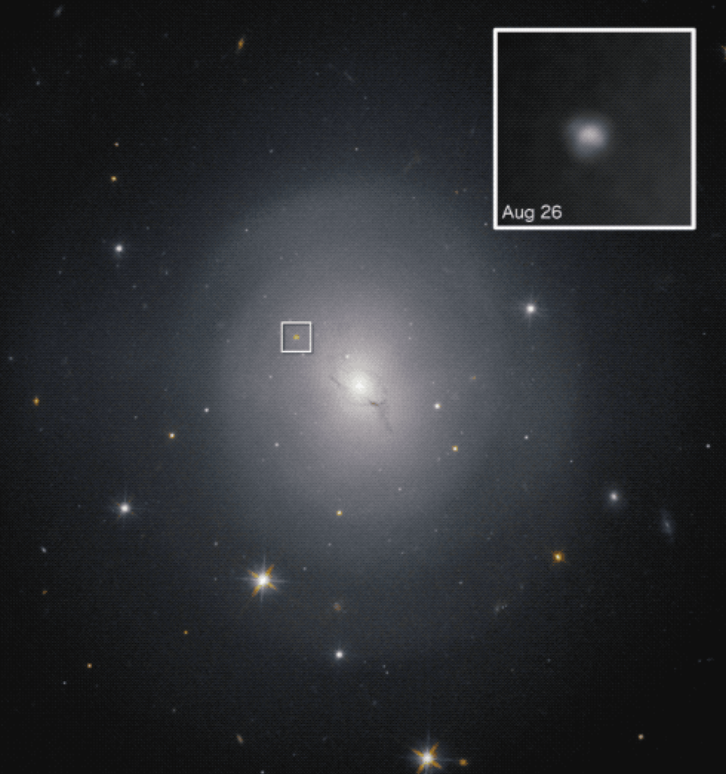
Phd Thesis
Site: Merate (LC)
Duration
3 years
Tutors
Giancarlo Ghirlanda, Om Sharan Salafia
Contact
giancarlo.ghirlanda AT inaf.it
Description
Background: Gamma Ray Burst are powerful cosmic explosions produced by relativistic jets launched by compact objects such as stellar mass black holes or magnetars. The long standing paradigm that long and short GRBs, typically separated at a reference duration of 2 seconds, are produced by the core collapse of massive stars or by the merger of compact objects, respectively, has been enriched recently by new compelling discoveries. Some of these, such as the association of the short GRB170817 with the gravitational wave event produced by the merger of two neutron stars, proved the nature of the progenitors but others, such as the discovery of few long GRBs with an associated kilo nova call for a revision/rethinking of the possible different progenitors leading to the production of a GRB. In particular, in the class of mergers, we are seeking for a probe that also the merger of binary composed by a BH and a NS may lead to the production of a GRB and its Kilonova. In the class of long GRBs, while dozens of SNe associated with GRBs probe the latter are produced by the core collapse of massive stars, one of the major challenges is to understand how the progenitor can launch a relativistic jet. Indeed, one key ingredient is the formation of a rapidly spinning core which can eventually collapse to form a black hole. The high spin seems to be a requirement to form an accretion disk, namely the gasoline to power the system. Broadly speaking, single massive metal poor progenitors seem to be favoured for retaining the angular momentum but also binary massive systems may spin up the primary core during their evolutions.
Activity: develop a project which combines population models (of binary compact objects, single massive stars and massive binaries) with semi analytical models of the jet production and dynamics in order to estimate the emission properties of systems leading to a GRB emission. Compare with existing bursts properties through catalogs and ad hoc data analysis of individual events.
Crediti immagine: La galassia NGC 4993 e il lampo gamma GRB170817A fotografati da Hubble – Wikipedia
